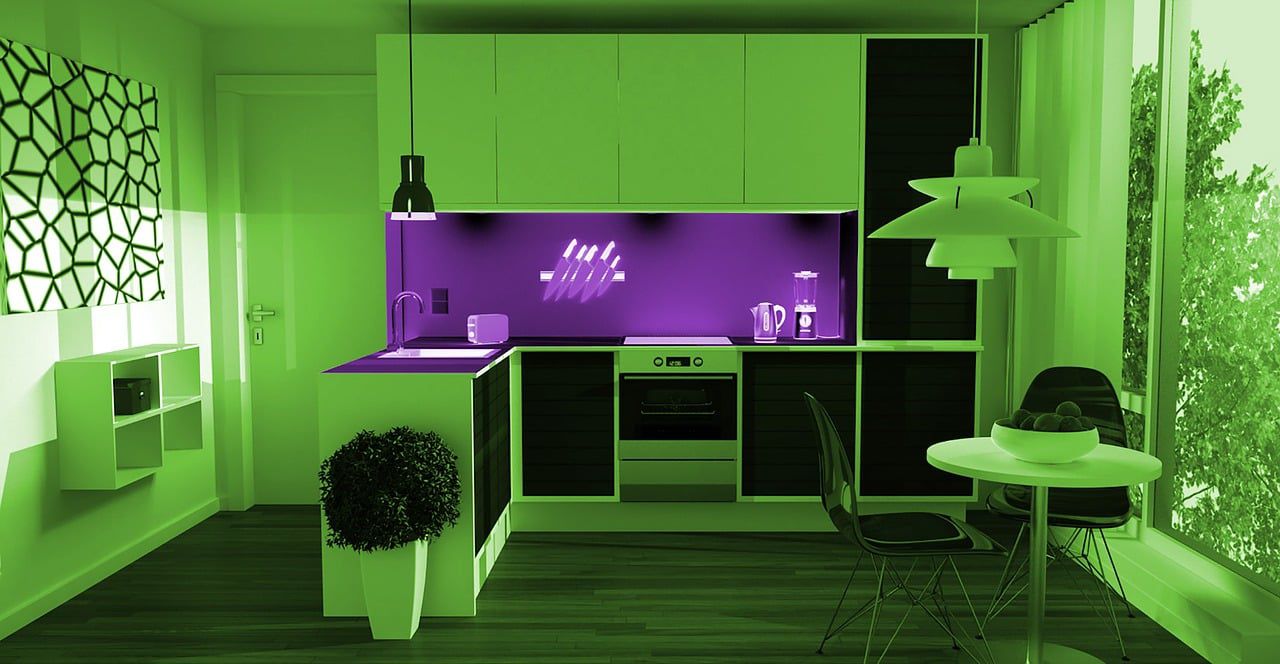There's no such thing as objectively bad taste - everything is subjective, so your interior design should be comfortable and pleasant for you.
Meanwhile, there are still a few things that are often seen as signs of bad taste in interior design.
If you want others to like your house, then keep these mistakes in mind.

Clashing Colors
When you use colors that don't go well together, like neon green with bright orange, it can be an eyesore. A harmonious color scheme is essential.
Over-the-Top Patterns
If every piece of furniture and decor has loud, busy patterns, it can make a room feel chaotic and overwhelming.
Overdecorating
When every inch of a room is filled with stuff, from excessive knick-knacks to overcrowded shelves, it can look cluttered and chaotic.
Ignoring Scale
Furniture that's either too large or too small for the space can throw off the balance and proportions in a room.
Mismatched Furniture
If your furniture clashes in style, like mixing ultra-modern pieces with antique items in the same room, it can create a jarring effect.
Neglecting Functionality
Beautiful design should also be functional. Having a stunning but uncomfortable sofa or inadequate lighting can be considered bad taste.
Poor Lighting Choices
Inadequate or overly harsh lighting can ruin the atmosphere. It's important to have a balance between natural and artificial light.
Ignoring Personal Preferences
Design that doesn't reflect your personality or lifestyle can feel disconnected and uninviting.
Cheap-Looking Materials
Low-quality, fake materials can make a space look less appealing. Investing in quality materials is often a better choice.
Lack of Cohesion
A space with no clear theme or style can feel disjointed and confusing. Consistency in design elements ties a room together.
Good interior design is about creating a space that feels comfortable, functional, and visually pleasing to you.
Personal taste varies, so what's considered bad or good taste can be subjective, but these examples highlight common design pitfalls to avoid.












